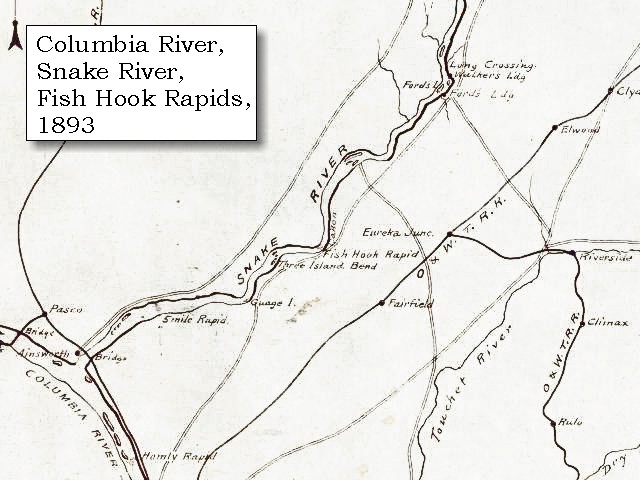I have stopped at this Colorado River overlook twice in the past year:
Hite, Utah in May 2016
The River is just below the lip of the cliff in the picture. The structure in the center is the boat ramp. For a number of years this area was part of Lake Powell. But the lake levels have been under steady decline and Hite is no longer a viable boat launch site and has not been for several years.
Hite, Utah in September 2015
The Colorado River has been in the news of late because Lake Mead, the next lake down from Lake Powell has hit a low level that will begin to trigger a rethinking of the river management yet again.
And as can be seen in this graph, the long term water "budget" at Mead is not good under current use scenarios. Change will happen. It might have an impact on some the winter produce we enjoy.

An opinion piece on possibly discontinuation of Lake Powell ran in the NYT (nytimes.com/unplugging-the-colorado-river). I am not fully up on the nuances of the issue or the technical merits, but the overall usefulness of Lake Powell is in question with river levels so low. Besides the water management issue there is also a substantial change in perception of this area since the Glenn Canyon Dam was built. Both the downstream and upstream impacts have been significant. This issue is a very thorny problem with no easy solutions and I am fairly sure it is not so easy of a problem as the opinion piece suggests.
Brad Plumer provides an overview of just how bad the problem is getting at Lake Mead (vox.lake-mead-water-drought-southwest). Brad suggests links to one of my favorite writers on water issues, John Fleck. This piece by Fleck (selling-colorado-river-deal-back-home-imperial-salton-sea-californias-hard-road) is a mix of technical, policy and politics and demonstrates that the Colorado River issue is rough going.
We have our own water struggles in Washington. Last year was a bit of a test on the resiliency of some of our water systems. But we do not have the poster images of desert and drained away lakes. Nor anything like the water structural deficit the users of the Colorado River have.






































